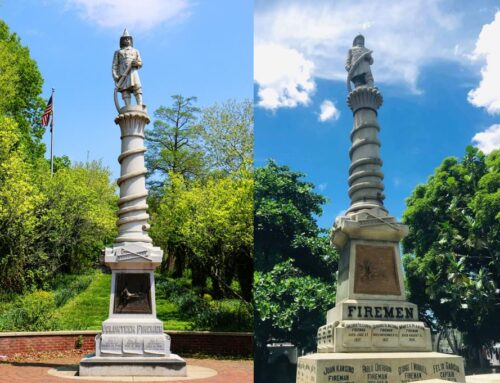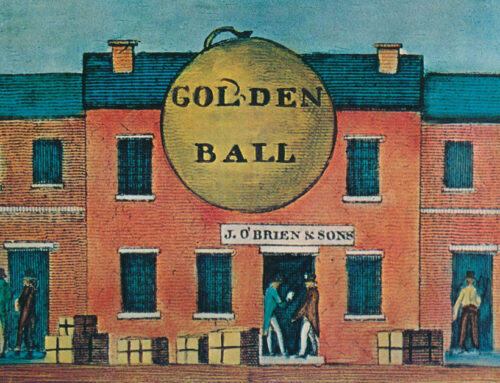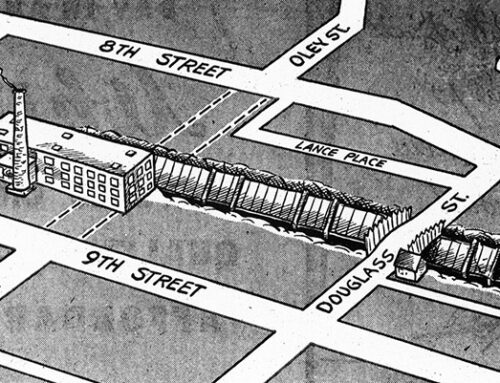Hollenbach, Dietrich & Co., a celebrated name in Reading, Pennsylvania’s history, owes its beginnings to the ambition and hard work of Benjamin F. Hollenbach. Born in January 1871 in Slatington, Pennsylvania, Hollenbach grew up with a strong work ethic, likely inspired by his Civil War veteran father. Leaving school at an early age, he sought opportunities beyond his small hometown and arrived in Reading in 1888, where he began working as a driver for George W. Hughes, a local wholesale liquor dealer.
In an era when transportation involved managing horse-drawn wagons loaded with heavy whiskey barrels, Hollenbach stood out not just for his physical labor but for his reliability and resourcefulness. Recognizing his potential, Hughes promoted the young man to a clerkship. By the time Hughes passed away in 1890, Hollenbach had gained the trust of the Hughes family. He stepped in to manage the business, proving his capability during a transitional period for the firm.
The Formation of Hollenbach, Dietrich & Co.
In 1900, Benjamin Hollenbach partnered with Howard Dietrich, a well-established Reading druggist, to acquire the business from Hughes’ widow. Together, they formed Hollenbach, Dietrich & Co., headquartered at 805 Penn Street, a location that would remain the company’s home until Prohibition. This partnership marked the beginning of a flourishing enterprise that blended innovative marketing with traditional business practices.
Below: An interior view of Hollenbach, Dietrich & Co. at 805 Penn Street in 1901. The store was a three-level operation, with each floor spanning an impressive 22 by 100 feet.

Hollenbach and Dietrich were not distillers but blenders of whiskey, carefully crafting their two signature brands—“Hodico” and “Social Rye”—to meet exacting standards of taste. Their raw materials were sourced from the many distilleries that dotted Pennsylvania’s landscape at the time. Their store became a unique experience for customers, where barrels and tons of liquor lined the walls. It was a place where customers could bring a quart bottle or a gallon jug to be filled. For those who didn’t bring their own, Hollenbach and Dietrich offered branded jugs with their name and address.

Customers could sample whiskey directly from barrels before purchasing, a personalized touch for the time. If you didn’t know exactly which you preferred, there was a small glass nearby, and you were invited to use the glass to try out the various brands. Remarkably, a gallon of quality whiskey could be purchased for just a dollar.
The duo also mastered the art of customer engagement by offering unique promotional items. For Social Rye, they distributed shot and jigger glasses bearing the slogan “Pure and Old,” a nod to the growing movement for food and beverage purity that culminated in the Pure Food and Drug Act of 1906.
Their marketing for Hodico whiskey was equally imaginative. One popular giveaway item was a decorative tip tray featuring a “Gibson Girl-like” figure with the slogan “Every Drop a Pleasure.” They also offered ornate glass paperweights, likely made by a local Pennsylvania glasshouse, as tokens for their customers.
Expanding Their Reach
In addition to their own brands, Hollenbach, Dietrich & Co. sold other spirits, including products marketed for medicinal purposes—a common practice in the late 19th and early 20th centuries. Among these was “Malakoff Bitters,” a Belgian product advertised as a remedy but later exposed as a mere liquor compound by U.S. Food and Drug officials. Another popular item was “Duffy’s Pure Malt Whiskey,” an alcoholic beverage that similarly claimed medicinal benefits but was, in reality, a cleverly marketed spirit.

A Keystone of the Community
Hollenbach, Dietrich & Co. became renowned not only for its fine wines and spirits but also for its role in the community. The firm’s iconic Keystone logo, representing Pennsylvania as the Keystone State, symbolized its local roots and commitment to quality. Their marketing extended beyond Reading, with long-distance sales supported by phone orders and mail inquiries.

Benjamin Hollenbach, a prominent figure in Reading’s business and social circles, exemplified leadership. He was a member of several fraternal organizations, including the Elks, the Royal Arcanum, and the Knights of Malta. His contributions to Reading’s growth extended beyond business, as he was widely respected for his community involvement.
The End of an Era
Tragically, Hollenbach passed away in 1915 at just 44 years old. His partner, Howard Dietrich, continued the business, eventually bringing his son, Claude, into the company. However, as Prohibition loomed, the liquor trade was forced to adapt. In 1918, the business underwent a transformation, transitioning into a drug store under Howard Dietrich’s leadership. He managed the new venture successfully until his passing in 1940.
Below: Pictured below are: United Hat at 801 Penn; LeRoy Weeks’ saloon at 803; Dietrich’s Cut Rate Drugs at 805; Reliable Coat and Dress at 807 Penn; the Silk & Curtain Shop at 809; and United Paint-Up at 811 Penn. This photo dates to around 1937-1940.







Leave A Comment